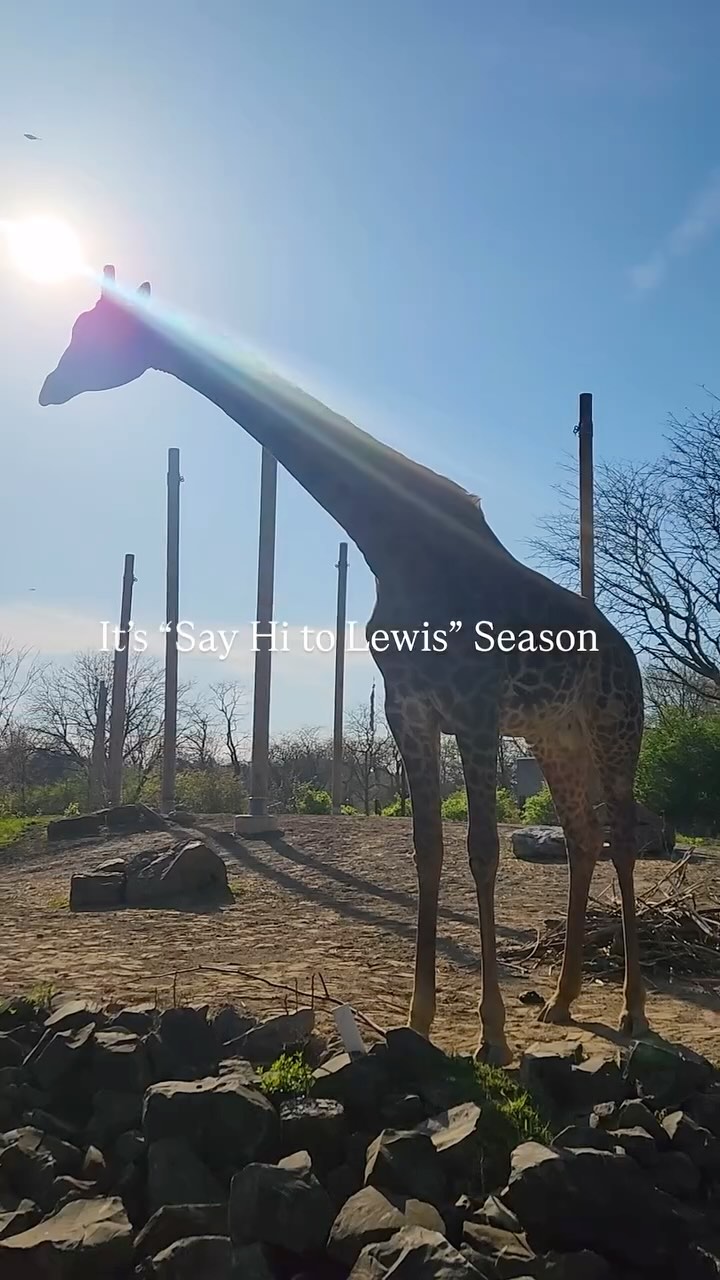- Introduction to Lewis and His Habitat at the Zoo
- Conservation Efforts and the Role of Zoos
- Insights into Primate Behavior and Social Structures
- The Impact of Human Interaction on Wildlife
- The Importance of Public Engagement in Conservation
Lewis is one of the charismatic residents at a local zoo, and his presence is not just about entertainment; it’s an opportunity for learning and awareness about wildlife conservation. As a primate, Lewis belongs to a species known for its complex behaviors and social interactions, providing a fascinating glimpse into the world of animal behavior and environmental adaptations. Let’s dive into what makes visiting Lewis a significant educational experience.
The core mission of modern zoos extends beyond exhibiting animals; they have become pivotal in conservation. They create breeding programs for endangered species, contribute to research, and participate in global wildlife preservation initiatives. Lewis’s home at the zoo is designed to replicate his natural habitat, promoting behaviors essential for his well-being. This approach not only helps in understanding ecological needs but also in facilitating successful reintroduction programs for species threatened in their natural environments.
Primate behavior is a field rich with insights into social dynamics, communication, and problem-solving skills. Observing Lewis can provide valuable lessons in these areas. Primates, like Lewis, use vocalizations, gestures, and facial expressions to communicate. This complex communication system allows researchers and visitors alike to study the parallels between human and animal interactions. These insights are crucial for developing strategies to preserve habitats and create supportive environments for wildlife.
The interaction between humans and animals in settings like zoos can have significant effects on wildlife. Exposure to diverse stimuli can lead to increased cognitive and physical activity, vital for the health of animals like Lewis. However, it’s essential to manage these interactions carefully. Offering structured enrichment activities can stimulate natural behaviors without causing stress. Carefully curated visitor experiences can also enhance animal welfare while educating the public about the species’ needs and conservation status.
Public engagement in conservation efforts is more critical than ever. Zoos play a unique role in fostering a connection between visitors and wildlife, turning passive spectators into active participants in conservation. By visiting Lewis and learning about his species, people become informed advocates for wildlife protection. Educational programs, workshops, and interactive displays offer visitors tools and knowledge to make a meaningful difference in global conservation efforts.
The opportunity to witness and understand creatures like Lewis in a zoo setting promotes a deeper appreciation of nature’s intricacies and the urgent need for conservation. Lewis, with his playful antics and expressive gestures, becomes an ambassador not only for his species but for the wider effort to protect animal habitats and biodiversity. By stepping into his world, visitors are invited to become part of a larger narrative focused on environmental stewardship and advocacy.
*****
Source Description
Have you stopped by to see Lewis recently?

